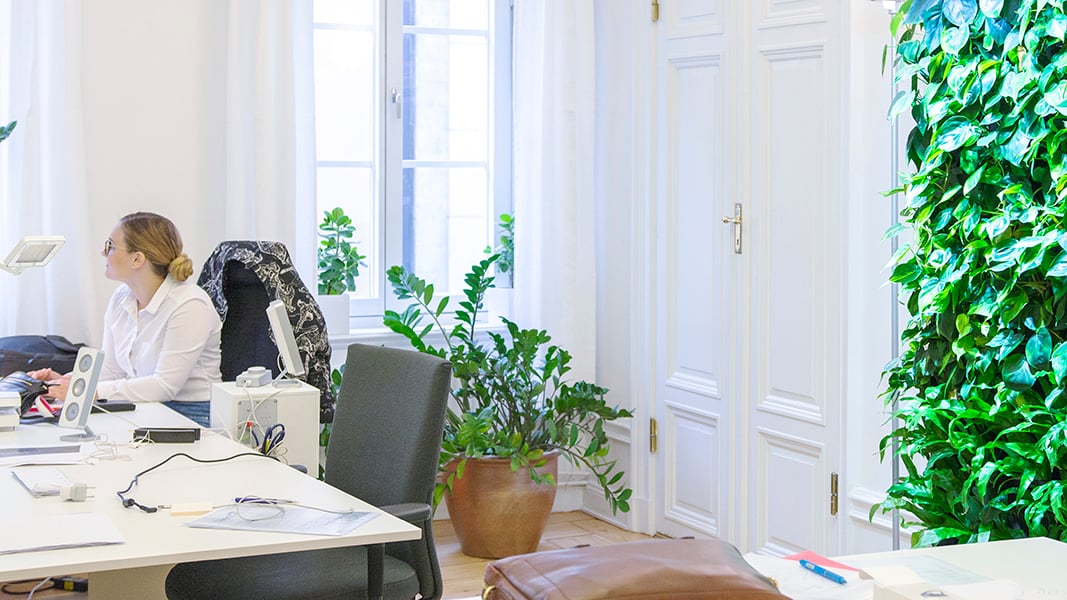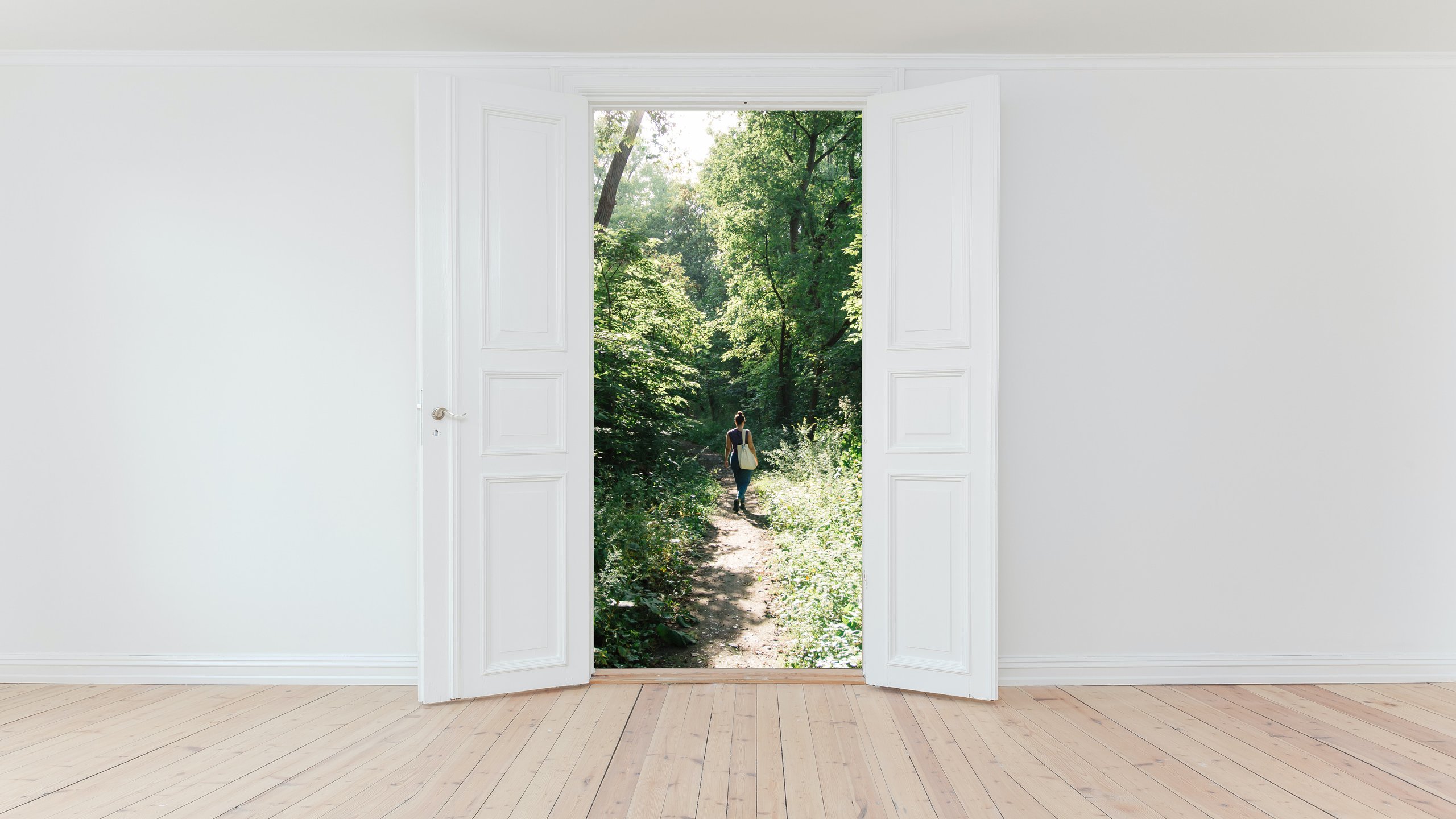Editorial Posted by Naava on July 1, 2020
Re-Entering Offices: How to Create Health-Promoting Work Environments
What do we want? Healthy work environments! When do we want them? Now!
After adapting to alternative and more flexible working methods during the global health crisis, the pressure towards businesses to support their employees is shifting its course as regulations are being pushed back. Work and the way people think of work will likely never be the same, and completely new challenges arise as people gradually begin to return to their workplaces.
A turning point for working life as we know it
The changes we have had to make as societies and individuals to counter this crisis have forced us all out of our comfort zone. Physical and social isolation, financial insecurity and the fear for our own health and the health of our loved ones are all extremely stress-inducing events. Combined with the concrete effects that reach out to all parts of our daily lives, cancelling free time activities and changing the way we work, coping with this new way of life requires new ways of thinking.
We can only guess how the world will change in the long run due to the pandemic, but one thing is for sure: it will reflect on how we value different aspects of our lives, such as health, family, work, free time and travelling.

Rising awareness of our environment
The financial effects for businesses have caused many to be laid off or to lose their jobs completely. This is likely to be a temporary problem, easing as the pandemic subsides. The long term effects, in turn, will show in the way we work, especially in remote working.
Remote working is not at all a new concept, but with the sudden obligation to implement it at this scale its deployment has been fast-forwarded. Though initially it acts as a measure for social distancing, now that it has already been introduced it might be hard to find excuses to take away the benefits it offers: less travelling, reduced expenses, flexibility, the ability to better control your environment yourself, and for some, simply a more effective and happier way of working.
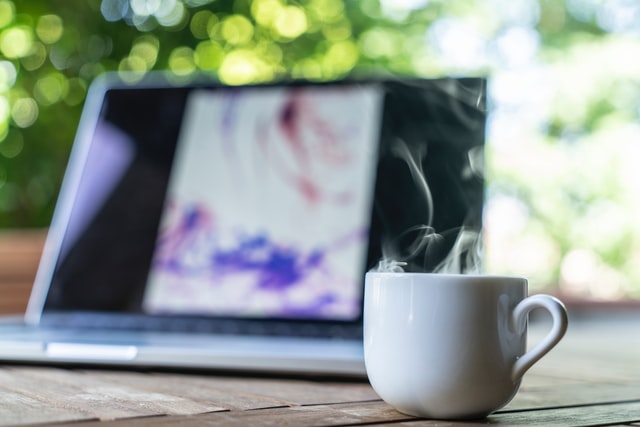
In the future, we might even see a trend where people move out of big cities after cheaper living expenses and to be closer to nature. Supporting home offices might become a well sought-after workplace perk, and has already been done by big organizations such as Google, Amazon, Twitter and Facebook, and others are soon to follow.
"Even after the coronavirus no longer requires it, working from home is likely to retain a significant presence in corporate life."
- The New York Times
Though remote working is likely here to stay to some extent, it doesn’t suit everyone, and for some, is not even an option in the first place. While removing social interactions is the most effective way to prevent the disease from spreading, the time will come when people begin to gradually return to their workplaces with newly founded consciousness of their environment.
Awareness of the role our surroundings play in our health and well-being will lead to new expectations towards the built environment, and the key element in re-populating our offices successfully will be to create workplaces where people feel safe to return to and spend their time in.
Creating health-promoting working environments
We are entering an era in which investing in building health is no longer considered just as a competitive advantage when it comes to attracting and keeping talent, but a must-have. The measures taken to improve the indoor environment will act as important indicators of company values and employee health. Using smart solutions, it is fairly easy to adapt to any existing space to meet the new standards expected from healthy workplaces.
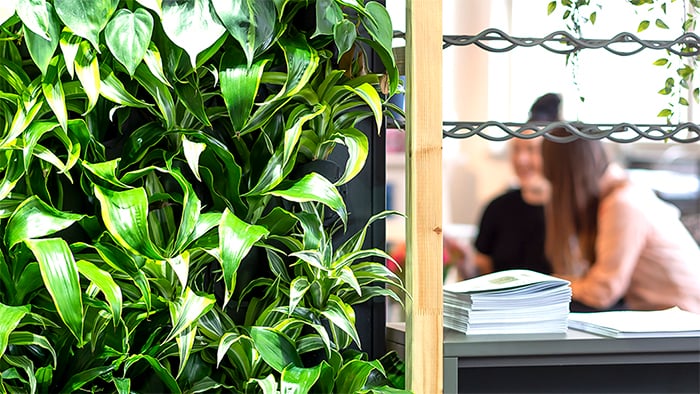
The building itself and its properties create the foundations for the indoor environment. This Harward Business Review article introduces the key elements for building health based on extensive scientific research. Though their list consists of 9 factors, they all fall under three categories: air quality, comfort and safety. The latter consists of holistic emergency plans and safety standards, so on this article we will focus on the other two.
Air quality is the #1 workplace wellness perk
Air quality has both indirect and direct effects on our health. By preventing hindrances caused by poor air quality, we stay healthier and are able to respond better to other harmful factors in our environment. It also has a significant role in the effectiveness and transmission of the virus: pollution has been studied to be one of the most important contributors in COVID-19 deaths, and humidity and appropriate ventilation are known to limit the spreading of airborne pathogens.
Many buildings suffer from dry air, especially during winter. Dry air can be a health-risk, as dust and other particles, such as viruses, stay floating in the air for longer and therefore are more likely to end up in our respiration system. Humidity also supports our immune system by keeping our mucous membranes and skin healthier, reducing coughing and irritation.
Indoor air quality is not important only according to researchers but recognized by employees as well – it was considered as the #1 workplace wellness perk in a study by Future Workplace & the View.
Stress-reducing environment
Well-being is much more than how healthy we are physically. It is also about how we feel. Comfort is often set aside when competing with some other benefit, such as lowering temperature to save in heating costs or focusing on design instead functionality. The reason for this is simple: there are no clear concrete measurements for comfort, as it is a subjective experience. Neglecting the mental effects can, however, cause easily avoidable hindrances on our well-being.
Though considered a personal experience, there are scientifically researched elements that make our environment best fit our needs. As the health-awareness of indoor environments have increased, so has the popularity of biophilic design; creating indoor spaces based on our innate needs to experience natural elements around us.
The positive psychological effects of nature have been long known to us, from reducing stress to increasing happiness, health and well-being. Having views outdoors, real, green plants, water and a natural, pleasing soundscape will have a significant effect on how satisfied we are with our environment. That, in turn, is known to attract talent and increase organizational commitment and public image, all important aspects for any organization.
The lack of natural elements is a stress-inducing indicator for our brains, and stress, in turn, has negative effects on our immune system. Work is one of the most significant contributors for stress and stress-related illness. The indoor work environment, therefore, is arguably in the greatest need of nature’s intervention.
Designing health
Now, taking all of this information into practice might sound tedious and expensive. We have collected our tips you can use to either re-adjust your existing workplace easily and with low-costs, or help you to design a space from scratch.
Changing the current layout of the furniture is the easiest solution to upgrade your space to stand up against the new health-standards we face after the pandemic. This solution might not even require you to acquire anything new - on the contrary, disposing of furniture might do the trick!
These e-papers by Vitra present several spatial solutions that address measures we can make to better implement social distancing. Re-designing areas where people come in contact with each other can be done with simple adjustments to create safe working settings. Reducing the density of seats, using space dividers and creating closed areas are methods that can be implemented to already existing spaces.
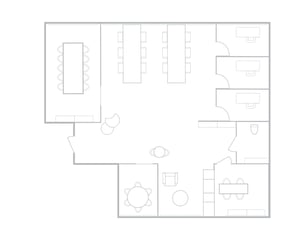
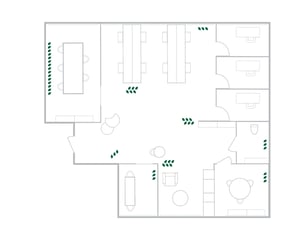
After the office design trend started to transition from cubicles to an open office concept, it didn't take long for people to realize the need for privacy. This has led to the emergence of phone booths and other solitary solutions within the open space. Where an open office is great for social interactions, team work, communication and accessibility, we also have a need for silence, concentration and relaxation.
Design Agency Fyra believes that one approach would be to incorporate an enclosed biophilic space within an open space.
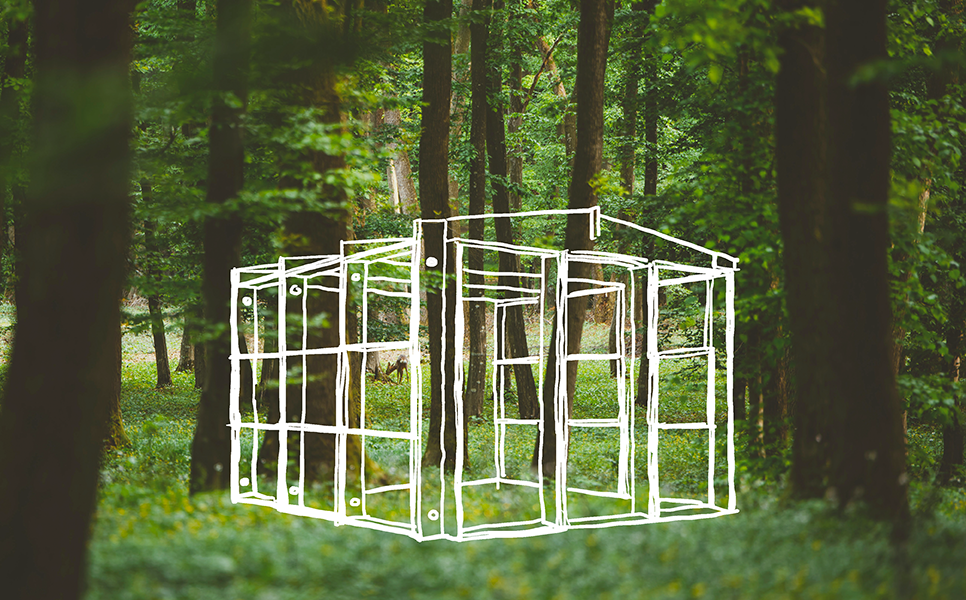
"We believe that there will be a movement towards more natural working environments. Opportunities to experience nature and privacy are going to have a fundamental role in workplace design."
- Design Agency Fyra
In conclusion
There are great tools and smart methods to implement that allow the possibility to work from home or safely at the office.
1. support your employees' individual needs by having flexible working conditions
Create an atmosphere that encourages people to work from home or at the office, wherever they feel most comfortable and at their best. Provide the tools that allow it in practice - i.e. a webcam and a headset for remote meetings, or a booking system for the office so to know what seats are taken - and the social and mental support for it. Organize remote coffee breaks and take turns at the office to make sure no one feels left out even if their choice is to work from home.
2. Create a health-promoting working environment
No matter where people choose to work at, there are several methods to make it healthier. Improve the air quality of the office by making sure the ventilation system works properly, the relative humidity is 40–60 % and by using low-emitting furniture and materials. Make sure the office layout promotes social distancing while still allowing interactions, provides safe spaces and incorporates biophilic design.
